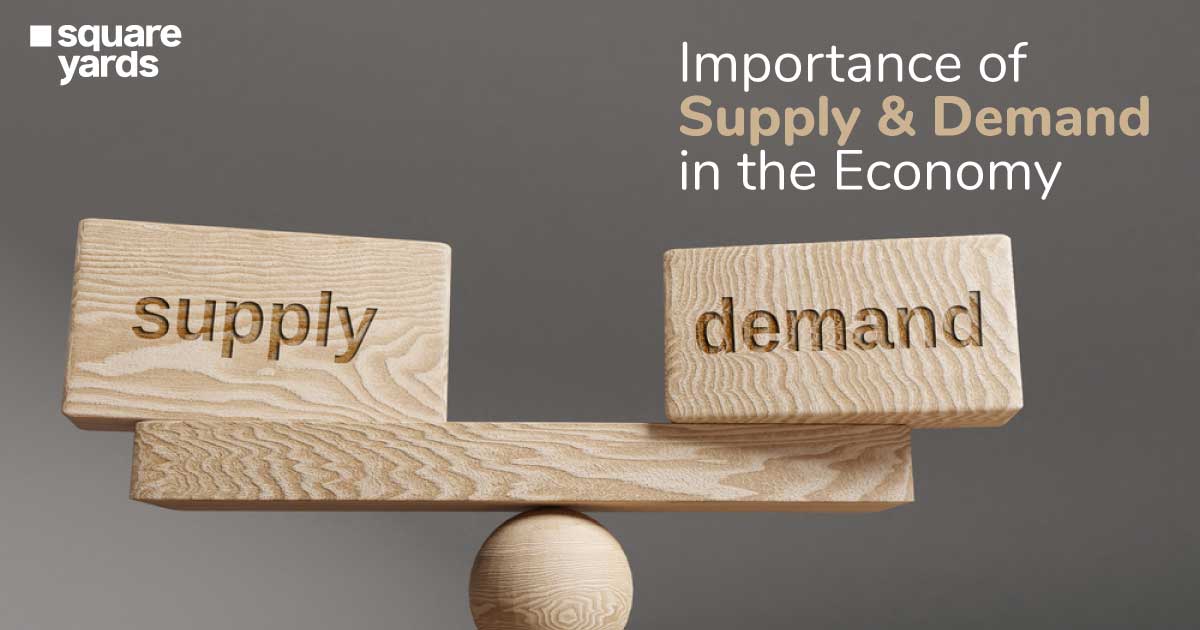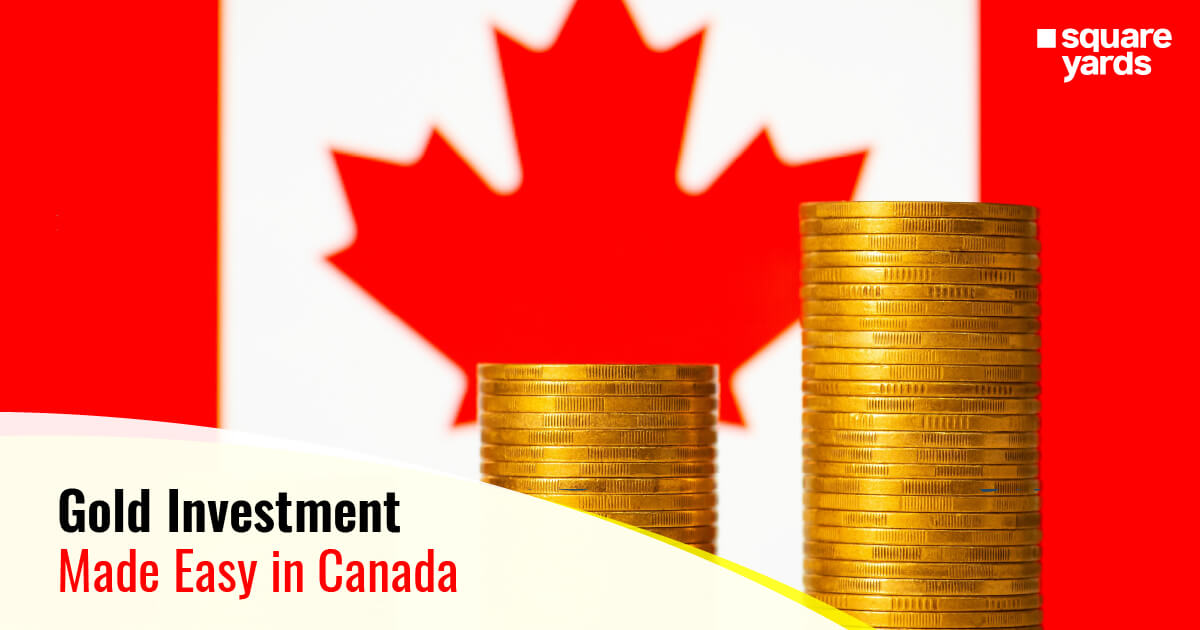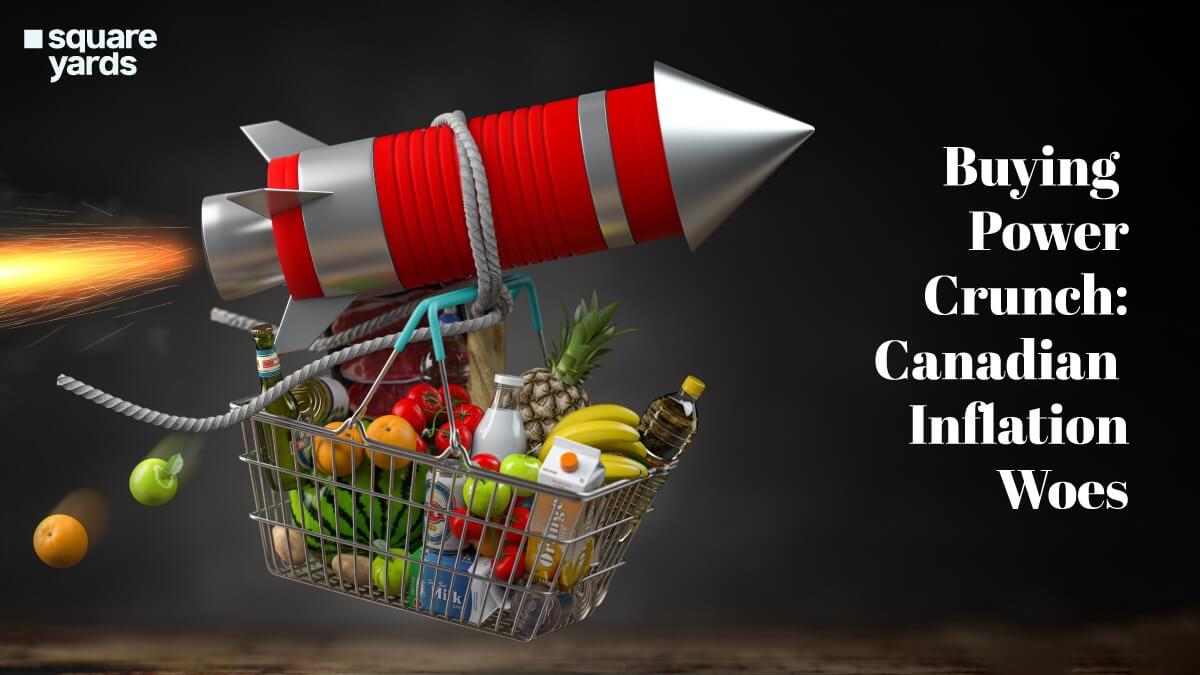Understanding how markets work involves grasping the concepts of supply and demand. They determine the price and quantity of goods and services, influencing consumer choices and business decisions. But which of these two forces is more significant for the economy? This blog answers that by exploring how supply and demand affect economic indicators like prices, production levels, and consumer behaviour. We’ll look at various scenarios, such as cases where demand exceeds supply and the role of inelasticity in economics. Through this, we aim to shed light on the dynamic interplay that drives market economies.
Cost and Volume of Production and Consumption
The economy is a complex system where the amount of goods produced and the number of goods consumed must be balanced. This balance is important because it affects both the price and the number of goods available in the market. In economics, this balance is called equilibrium, a basic concept that influences how the financial market works. The price of a product or service reflects how much people want it and how scarce it is. The interdependent forces of supply and demand balance determine this. The quantity of goods made and used depends on the balance of supply and demand. Producers and service providers adjust what they make to match what people want to buy, so they don’t waste resources and can make a profit. This dance between how much is made and how much is used ensures resources are used efficiently across the economy. This helps goods and services get where they are needed most. The relationship between price, how much is made, and how much is used shows the market can regulate itself. The financial market can change quickly to match what people want and what resources are available. This means resources are used efficiently, and the economy can work well.
How Customers Act Affects Demand
Consumer behaviour significantly influences the demand in the market. It is due to several psychological, social, and economic factors. Psychological influences include personal preferences and environmental consciousness, increasing demand for products that align with these factors. Social factors influence purchasing decisions, impacting demand across various sectors. With economic factors, consumers adjust their spending based on fluctuations in income. Luxury goods become more popular during good economic times, while during downturns, people tend to focus more on essentials.
The way people buy things has changed a lot because of the internet. Now, people can get information easily and make better decisions about what to buy. This has made it easier for businesses and government leaders to understand what people want and adjust their products and services to match. It’s important to know what people want so that businesses can sell them what they need. As people’s wants change, the market changes too. This shows how important it is to know what people want if we want our economy to grow and create new ideas.
What Effects Do Demand and Supply Have on the Economy?
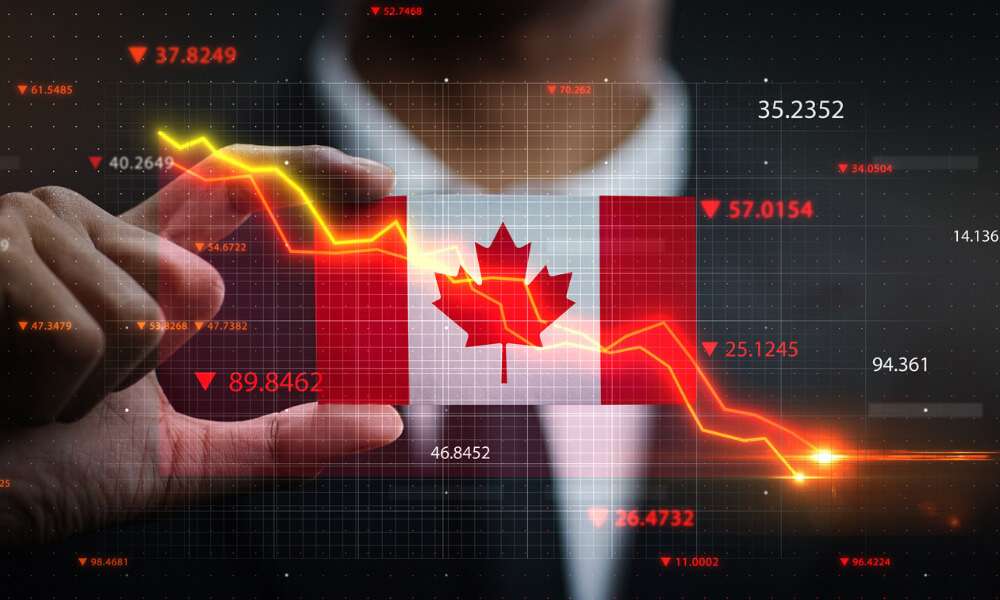
The interaction of supply and demand shapes the economy. This affects prices, growth, inflation, and jobs. If demand increases without supply also increasing, prices go up. This signals producers to make more, which leads to growth and jobs. But if demand decreases while supply stays the same, prices go down. This slows growth and could lead to layoffs. On the supply side, new technology or businesses can increase supply. This lowers prices, makes things more accessible, and encourages people to buy more. This helps the economy grow. However, if there is too much of something, businesses can lose money, and the economy can suffer. Supply and demand also affect inflation. If there’s too much demand, prices go up, and inflation happens. If there’s too much supply, prices go down, and deflation happens. Finding a balance between supply and demand is important for the economy to be stable and grow.
What Takes Place When Supply Exceeds Demand?
When demand exceeds supply, it leads to a shortage in the market, pushing prices upward. This price increase reflects the higher value placed on scarce goods or services, making them more lucrative for producers. In response, producers are incentivized to increase production to meet the elevated demand, aiming to maximise profits. This adjustment can stimulate economic activity, leading to potential growth in the sector and possibly attracting new entrants to the market.
However, in the short term, consumers may face higher prices and limited availability of the desired goods. Over time, as supply adjusts to meet demand, prices may stabilise, but the interim period can highlight market inefficiencies and the need for swift adaptation by both producers and consumers to the changing economic landscape.
Economic Elasticities: What Are They?
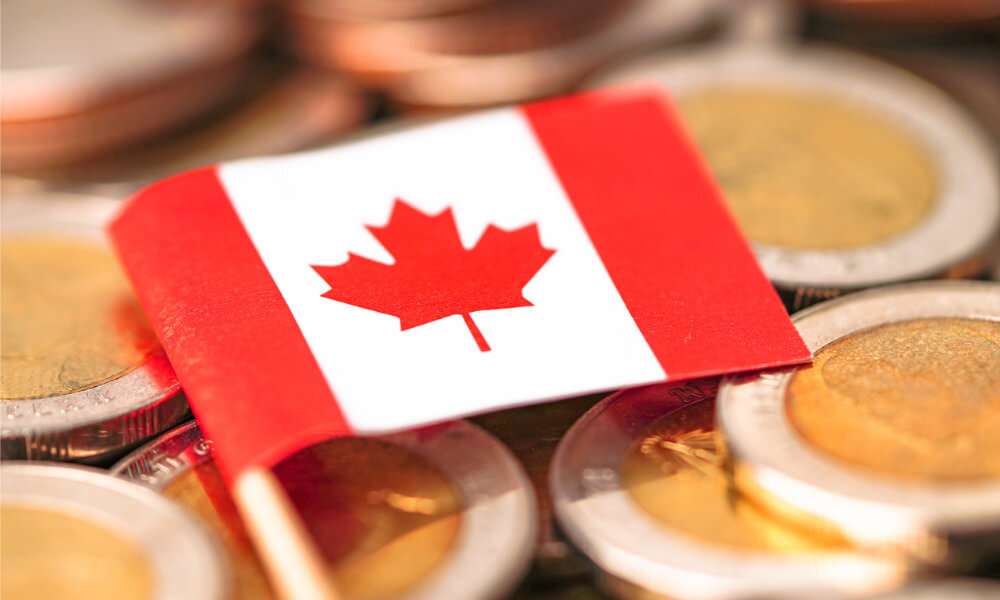
In economics, the term “inelastic” describes a situation where the demand or supply for a good or service is relatively unresponsive to changes in price. This means that even significant price fluctuations will result in only a minimal change in the quantity demanded or supplied. Inelastic demand typically occurs with essential goods or services that people need regardless of price, such as medical care, basic food products, and utilities like water and electricity.
Similarly, inelastic supply is observed in markets where production capacity cannot be easily or quickly adjusted in response to price changes, often due to limitations in technology, resources, or time required to alter production levels. Understanding elasticity is crucial for policymakers and businesses as it affects pricing strategies, tax policies, and overall market dynamics.
The Bottom Line
The economy works in a delicate balance between supply and demand. Both play an important role in shaping how it works. Demand shows what consumers want, and supply uses resources to meet that demand. Neither supply nor demand is more important than the other. They depend on each other to keep the economy going, promote innovation, and distribute resources. Understanding the balance between supply and demand is important to predict market trends, make informed choices, and create sustainable economic growth.
More Useful Article for you :
|
Guide To Canada Property Appraisal |
|
|
All About Cost of Living in Alberta |
|
|
Know The Pros And Cons of Living in Canada |
|
|
Celebrate Holi in Canada |
Frequently Asked Questions (FAQs)
Supply and demand are equally important as they interact to determine market prices and resource allocation.
Supply and demand are important in real life because they influence prices, the availability of goods, and consumer choices. Both impact the decisions of the everyday economy. Is demand or supply more important to the economy?
Why is supply and demand important in real life?

